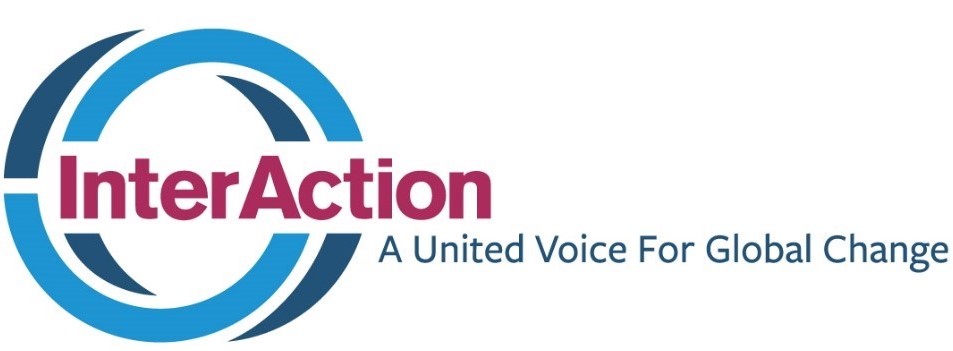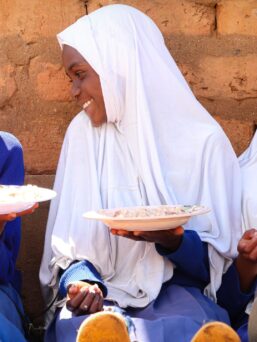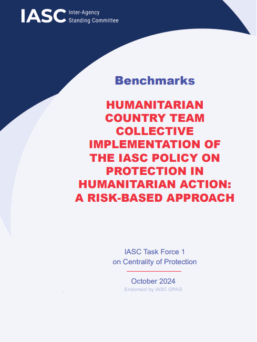Why is it necessary? Expand All
To understand the history (pre/post colonial), culture, traditions, perceptions prior to crisis
Helps with understanding trends and trajectories in a protection analysis and over longer periods of time.
Helps to understand and check our assumptions of the situation and how this understanding influences our interventions
Helps to understand interaction between actors, communities, cultures, ethnic groups, etc and how this changes over time, by the conflict/emergency
Helps to look at aspects of gender, age, disability, economic status, power dynamics, traditions, etc in the past and current situation
Helps to identify what is “normal” for a community and where the emergency has disrupted this normalcy…what protective mechanisms have shifted or changed because of this disruption (for good or bad)
Helps to understand the narrative of the crisis (who is shaping the threats, vulnerabilities, resilience)
To assess what gives rise to conflicts and how crisis change over time
To reflect on past humanitarian crisis (actors, response, affects, impact)
To appreciate the power relations, gender, religion, and other dynamics before crisis, during crisis, and through transition
To understand the affect of movement; different populations
HOW CAN IT BE DONE? Expand All
Through Human Rights Reports, Anthropological Reports, Academic Reports/Studies
Through close collaboration and information sharing from colleagues working in a development context (actors, programs, advocacy)
Linkage with academia, universities, think tanks
By tapping into knowledge of national staff and local NGOs
Use of disaster preparedness plans, contingency plans
*THIS IS A PRELIMINARY LIST OF QUESTIONS THAT WE HAVE COMPILED THAT MAY HELP TO SUPPORT A MORE ROBUST AND COMPREHENSIVE PROTECTION ANALYSIS. THE LIST CONTINUES TO BE ASSESSED AND EXPANDED BASED ON DESK REVIEWS AND CONSULTATION WITH PRACTITIONERS.



